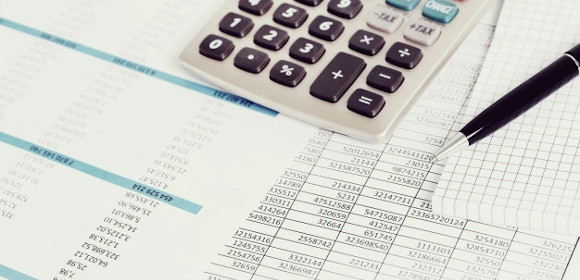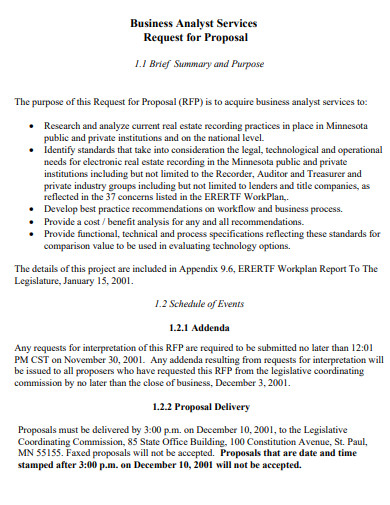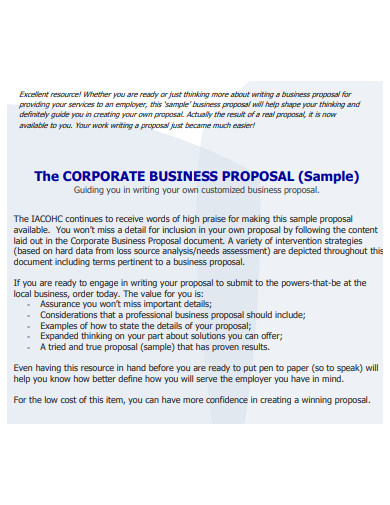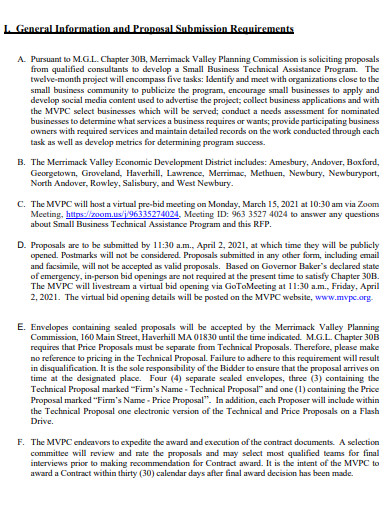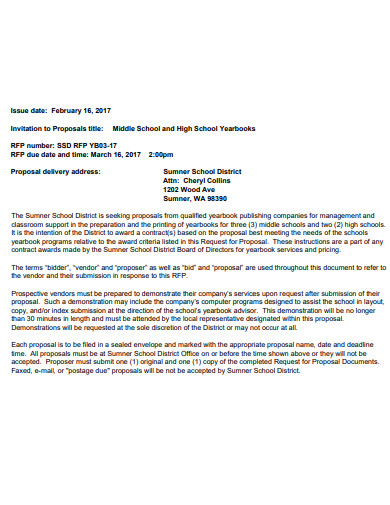3+ Business Price Proposal Samples
One of the most difficult aspects of business is determining the appropriate pricing. When you overprice something, potential customers will flee. If you underprice something, you’ll be leaving money on the table. As a result, presenting a pricing proposal to a potential customer is a nerve-wracking experience. It’s not just about how much you charge in a good pricing proposal; it’s also about how you portray your rates. How you present your proposal is crucial, it must be well-presented. Need some help with this? We’ve got you covered! In this article, we provide you with free and ready-made samples of Business Price Proposals in PDF and DOC formats that you could use for your benefit. Keep on reading to find out more!
1. Business Price Proposal
2. Corporate Business Price Proposal
3. Small Business Price Proposal
4. Business Bid Price Proposal
What Is a Business Price Proposal?
It’s vital to remember that a pricing proposal isn’t the same as an estimate. A price proposal is a complete document that includes precise quotations for raw material, labor, taxes, and other general overhead costs. A price proposal is a contractor’s initial estimate of the cost of a task for a potential customer. It’s a document that establishes a single price that the contractor will charge after estimating the prospective expenses of finishing the customer’s project.
How to Make a Business Price Proposal
A pricing proposal should, in theory, be full and comprehensive in covering all prospective costs that may occur during the project’s completion. A Business Price Proposal Template can help provide you with the framework you need to ensure that you have a well-prepared and robust proposal on hand. To do so, you can choose one of our excellent templates listed above. If you want to write it yourself, follow these steps below to guide you:
1. Look into the company of a possible client.
Read up on the firm in print and on the internet, meet with a possible customer directly, and thoroughly analyze his proposal questions. Structure your proposal to demonstrate how all costs will meet his demands while also adding value to him.
2. Convince the potential customer of your expertise and resources.
In a convincing and optimistic tone, write the proposal’s components and a cover letter. Make it apparent that what you’re offering is specifically tailored to the client’s firm, with instant benefits such as dependability and revenue-boosting services or goods.
3. Determine which format is most appropriate for your proposal.
You can either state the total cost first and then present an itemized list with the benefits of each item noted, or you can state the total cost first and then present an itemized list with the benefits of each item noted, or you can provide a long and detailed itemization first if you prefer to justify the total cost before stating the total cost.
4. Lay down your budget in an easy-to-understand style.
Indicate all direct and indirect expenditures, such as labor, equipment, supplies, travel, phone, printing, and overhead, such as office leasing, taxes, insurance, phone, Internet, and office equipment. If required, make an estimate of these figures. This is a crucial component of your price proposal, make sure everything is fair to both ends of the party.
5. Include a deadline for when the task will be finished.
Of course, it’s important to include the timeline of the specific business project. Be adaptable, and inform the prospective customer that you will work with the client to choose the ideal billing option for them.
FAQ
What should the price of a proposal be?
Proposal expenses typically range between 3% and 5% of the contract’s total value. However, the only way to figure out how much it costs to develop proposals at your company is to meticulously document the costs of each proposal you make.
What are the components of pricing?
Manufacturing costs, market conditions, competition, and product quality are all variables that influence pricing.
What is the definition of a pricing structure?
The prices for your company’s products and services are defined and organized by a pricing structure.
The point is that every customer, every procurement, is unique, and if you want to win more of them, you need to understand how significant pricing is in their decision-making process. To help you get started, download our easily customizable and comprehensive templates of Business Pricing Proposals today!
Related Posts
FREE 9+ Business Loan Proposal Samples in PDF MS Word
FREE 4+ Sample Proposal Letters for Cleaning Service [ Hotel ...
FREE 6+ Branding Quotation in PDF
FREE 14+ Formal Quotation Samples & Templates in PDF
FREE Ideas about Quotation Format [ With Samples ]
FREE 17+ Sample Price Proposal Templates in Excel PDF | MS ...
FREE 10+ Cost Proposal Samples & Templates in PDF
FREE 8+ Cost Proposal Templates in MS Word PDF | Google Docs ...
FREE 10+ Pricing Proposal Samples in PDF MS Word | Apple ...
FREE 11+ Cost Proposal Templates in Excel MS Word | PDF ...
FREE 10+ Sample Proposal Quotation Templates in PDF MS Word ...
FREE 12+ Quotation Proposal Samples in MS Word PDF | Google ...
FREE 10+ Product Price Proposal Samples in MS Word Google ...
FREE 9+ Sample Quote Proposal Templates in PDF MS Word
FREE 7+ Price Quote Proposal Samples in PDF
